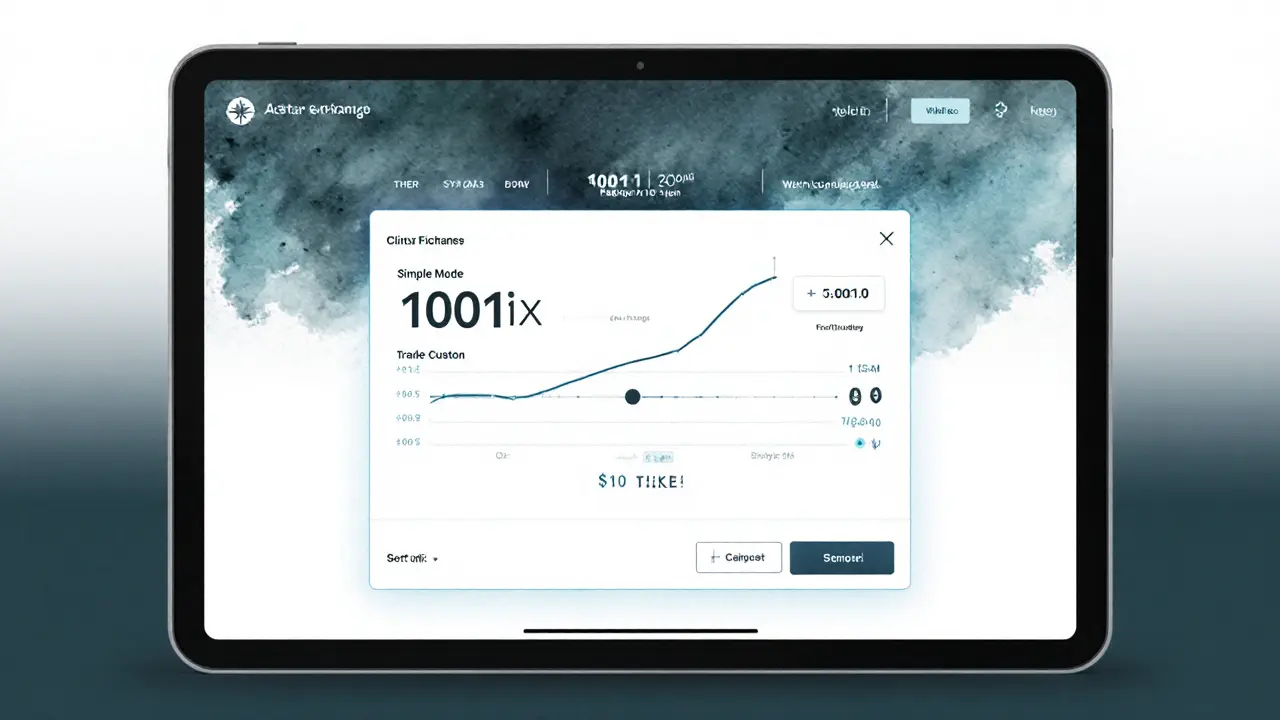Crypto Perpetuals: A Practical Guide
When working with crypto perpetuals, a derivative that lets you keep a position open forever while settling profits and losses daily in the underlying cryptocurrency. Also known as perpetual swaps, they rely on leverage and margin funding to amplify exposure. Crypto perpetuals encompass leveraged trading, require ongoing margin adjustments, and are offered by major crypto exchanges.
Think of them as a hybrid between spot trading and traditional futures. The key difference is the absence of an expiry date, which means you never have to roll over contracts. Instead, a funding rate mechanism balances long and short positions: if most traders are long, longs pay shorts, and the opposite happens when shorts dominate. This funding rate is calculated every few hours and reflects the price gap between the perpetual and the underlying spot market.
Key Components of Crypto Perpetuals
The core ingredients are the underlying asset, the contract size, the leverage tier, and the funding rate. Contract size determines how much of the asset each contract represents – often 0.01 BTC or 1 ETH. Leverage tiers can range from 2x up to 125x, letting you control a large position with a small capital outlay. However, higher leverage also means faster liquidations if the market moves against you. Funding rates are expressed as a percentage and can be positive or negative; they are the primary cost of holding a perpetual position.
Risk management tools are essential. Most exchanges provide isolated and cross margin modes, stop‑loss and take‑profit orders, and real‑time liquidation warnings. Understanding the margin requirement formula – (position size × price) ÷ leverage – helps you gauge how much collateral you need. Many traders also monitor the order book depth and use limit orders to reduce slippage, especially during volatile periods.
Regulatory context matters too. While perpetual contracts are popular in jurisdictions with mature crypto markets, some countries restrict leveraged products or impose stricter KYC rules. For example, recent updates in Thailand and Russia affect how local traders can access high‑leverage perpetuals. Staying aware of exchange licensing, regional compliance, and tax implications can save you from unexpected account freezes.
Exchange selection is a major decision point. Platforms like Gate.io, Glide Finance, and Darkex offer varied fee structures, funding rate transparency, and liquidity depth. Our collection below includes in‑depth reviews of these exchanges, comparisons of their fee models, and security assessments, so you can pick the one that aligns with your trading style.
Beyond the basics, there are advanced concepts like funding rate arbitrage, cross‑exchange hedging, and integrating perpetuals into DeFi lending strategies. Articles in the list explore how DeFi lending can provide alternative margin sources, how order types (market vs. limit) impact execution, and how sidechain bridges affect transaction costs for perpetual traders.
Ready to dig deeper? Below you’ll find step‑by‑step guides, exchange analyses, and risk‑management tips that together form a complete toolkit for anyone looking to trade crypto perpetuals effectively.
Aster Crypto Exchange Review: Features, Tokenomics & Trading Experience
A deep look at Aster exchange, its ASTER tokenomics, multi‑chain features, pros and cons, and how it stacks up against rivals like Hyperliquid.
VIEW MORE
